Molten Metal
Molten Metal
Anfänger und Experten in der Stahlindustrie treffen auf eine Fülle von Fachbegriffen. Einer davon ist der Ausdruck "Molten Metal". Dies ist ein zentraler Begriff in der Stahlproduktion und im Stahlhandel. Aber was bedeutet "Molten Metal" genau? Lassen Sie uns das klären.
Die Definition von "Molten Metal"
Entgegen seiner etwas abstrakten Bezeichnung, ist "Molten Metal" nichts anderes als geschmolzenes Metall. Jeder Metalltyp, von Stahl über Kupfer bis hin zu Gold, kann zu seinem "molten" Zustand erhitzt werden. Das geschieht, indem das Metall auf eine Temperatur erhöht wird, die über seinen individuellen Schmelzpunkt liegt.
Die Rolle des "Molten Metal" in der Stahlproduktion
Im Prozess der Stahlproduktion spielt "Molten Metal" eine zentrale Rolle. Nachdem das Eisenerz im Hochofen erhitzt und zu Rohstahl verarbeitet wurde, wird es in den Konverter geleitet. Dort wird der Rohstahl von Unreinheiten befreit und zu flüssigem Stahl oder eben "Molten Metal" geschmolzen.
Der Transport von "Molten Metal"
Das Handling und der Transport von "Molten Metal" stellen eine große Herausforderung dar. Da das flüssige Metall extrem hohe Temperaturen aufweist, muss es in speziellen hitzebeständigen Behältern, sogenannten Pfannen, transportiert werden. Ohne die richtige Ausrüstung und entsprechende Sicherheitsmaßnahmen wäre der Prozess äußerst gefährlich.
"Molten Metal" im Stahlhandel
Im Stahlhandel bezieht sich "Molten Metal" üblicherweise auf den Kauf und Verkauf von Stahl in seiner flüssigen Form. Indem Stahl in seiner flüssigen Form gehandelt wird, kann er direkt vom Stahlwerk zum Endnutzer transportiert und dort in die gewünschte Form gegossen werden. Dies reduziert die Notwendigkeit zur nachträglichen Bearbeitung und kann somit Kosten und Zeit sparen.
Zusammenfassend lässt sich also sagen: "Molten Metal" ist ein entscheidendes Element in der Stahlproduktion und im Stahlhandel. Ohne das Wissen um die Besonderheiten dieses Ausdrucks geht es in keinem Stahlwerk und bei keinem Stahlhändler.
Blog Posts with the term: Molten Metal
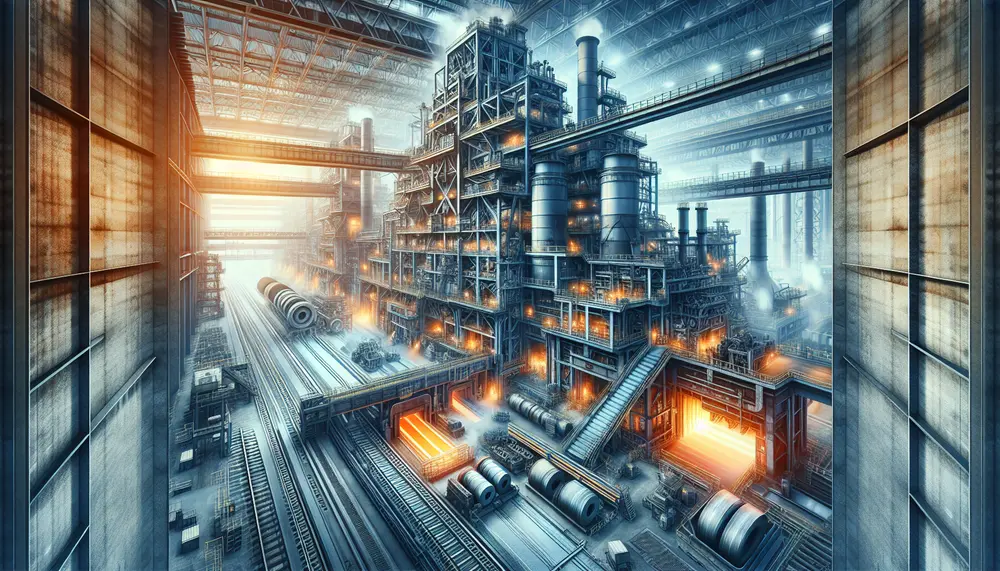
The article provides an overview of the steel making process, detailing how raw materials like iron ore, coke, and limestone are transformed into versatile and durable steel through a complex series of steps depicted in a flow diagram. It discusses...
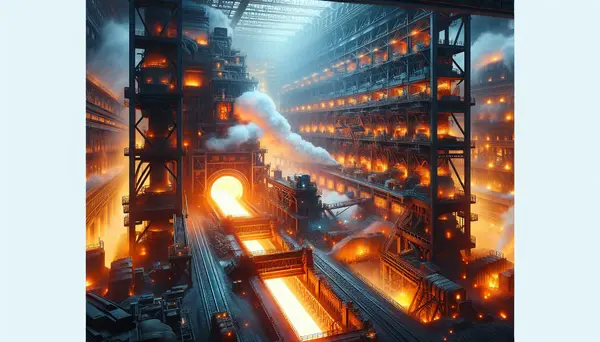
Steel, an alloy primarily composed of iron and carbon, is a crucial material in modern construction and manufacturing due to its strength, flexibility, and durability. The process of making steel involves extracting iron ore, purifying it through beneficiation processes, smelting...
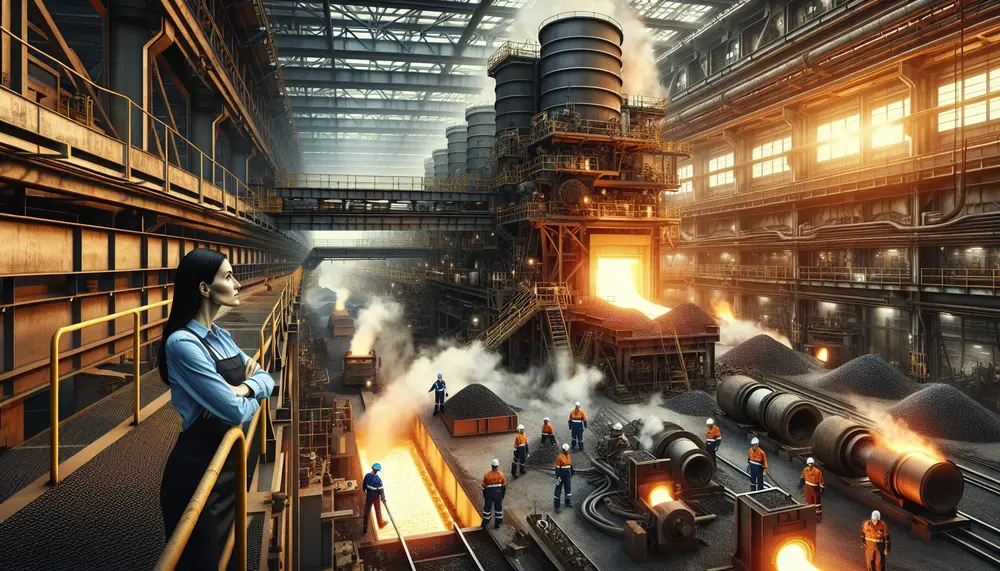
The article "Introduction to Steelmaking from Pig Iron" explores the historical and modern processes of transforming pig iron into steel, including methods like the Bessemer Process, Basic Oxygen Steelmaking (BOS), and Electric Arc Furnace (EAF). It highlights the importance of...
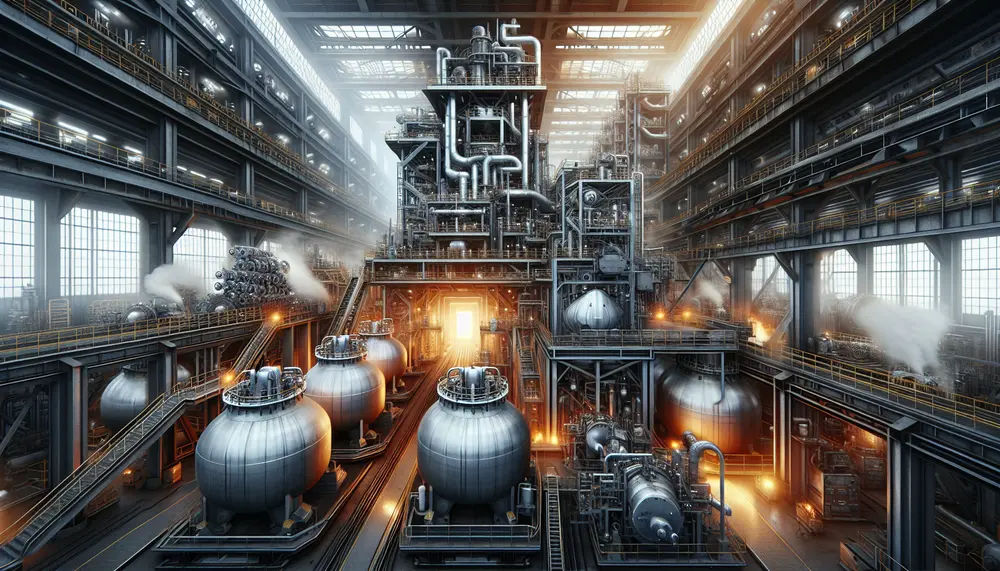
The Argon Oxygen Decarburization (AOD) process is a secondary steel making method that refines the composition of steel by reducing carbon content, using oxygen and inert gases like argon for controlled reactions. This technology allows for high-quality alloy production with...
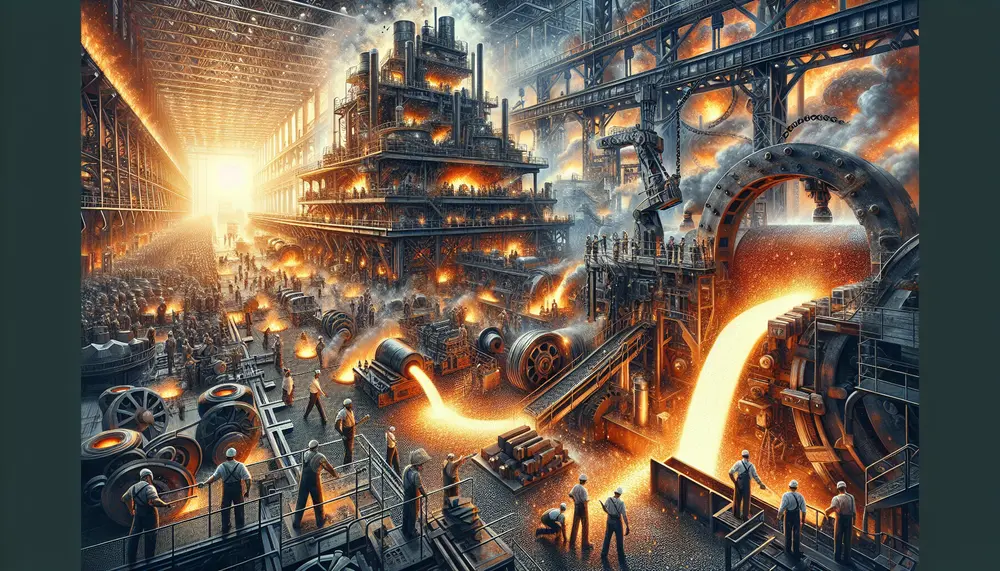
Steel making involves complex chemical reactions to transform raw materials into high-quality steel, primarily through oxidation and reduction processes. Oxygen plays a crucial role in oxidizing impurities like carbon, silicon, manganese, and phosphorus, which are then removed as gases or...
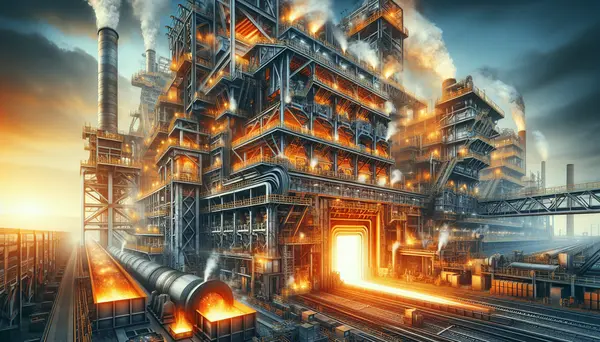
The steel making process, which starts with the extraction of iron ore and involves several steps to create different types of steel, is transitioning towards more sustainable methods like the Basic Oxygen Furnace (BOF) method. The BOF method turns raw...
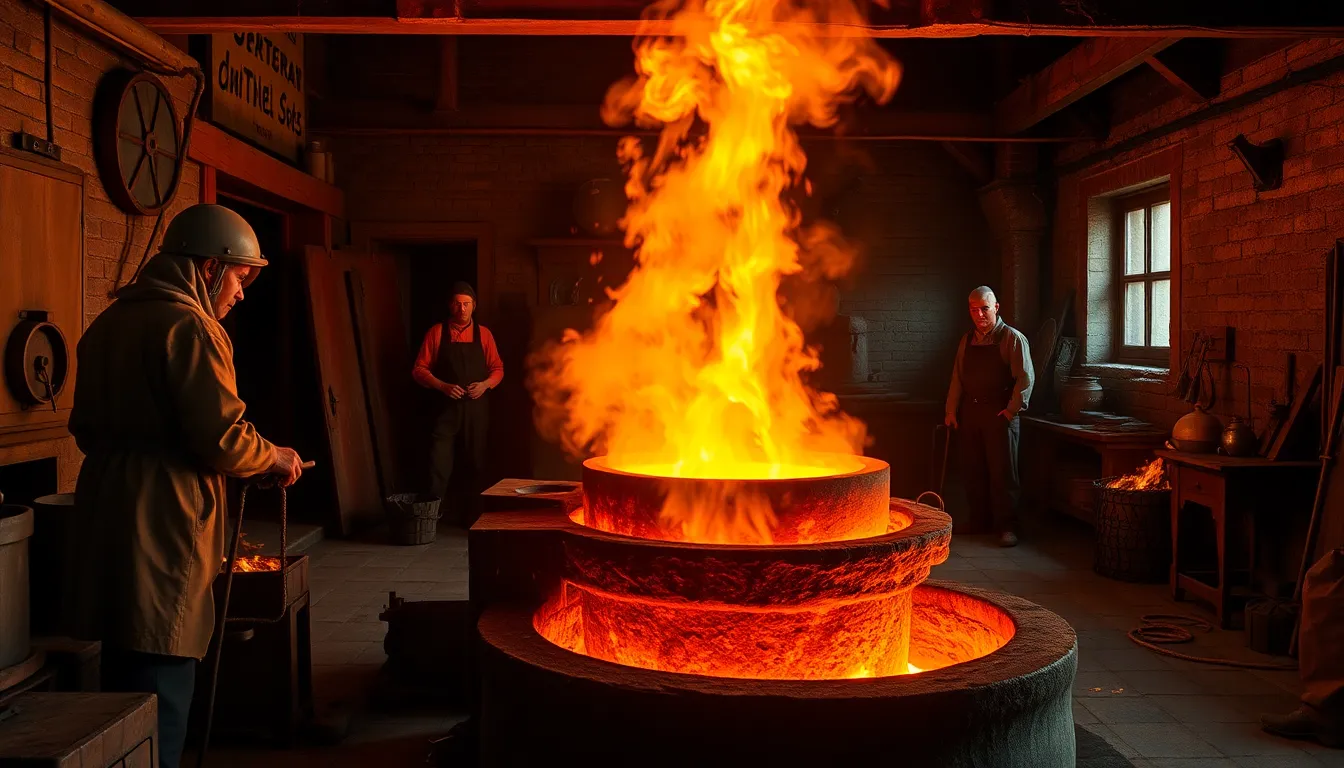
The article traces the evolution of steelmaking from ancient techniques to significant medieval innovations, highlighting early methods like iron carburization and bloomery processes that evolved into more efficient practices with the introduction of blast furnaces. It also covers Renaissance advancements...
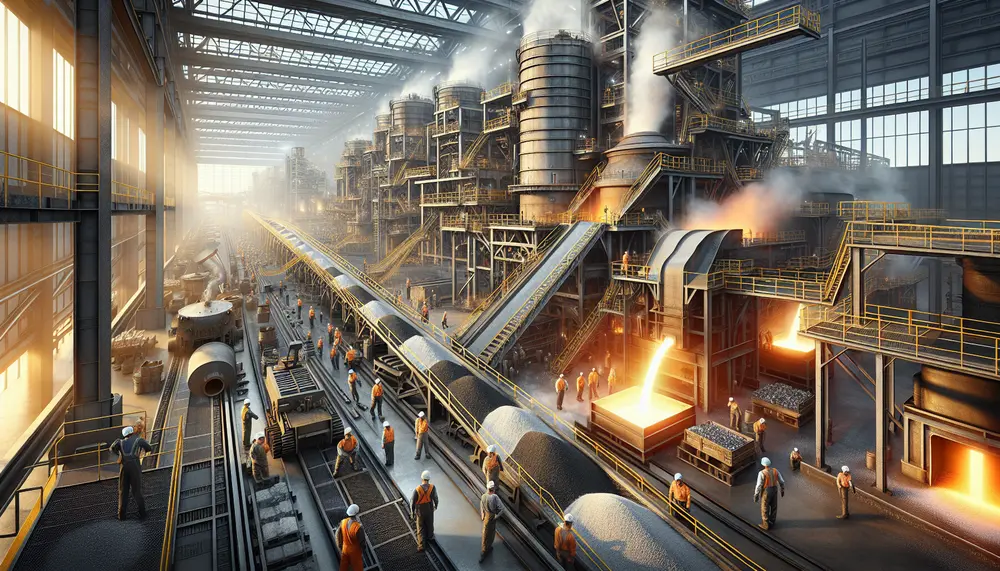
Lime is crucial in steelmaking, acting as a flux to remove impurities like phosphorus and sulfur, enhancing the quality of steel produced through processes such as EAF and BOF while also contributing to environmental sustainability by reducing emissions....
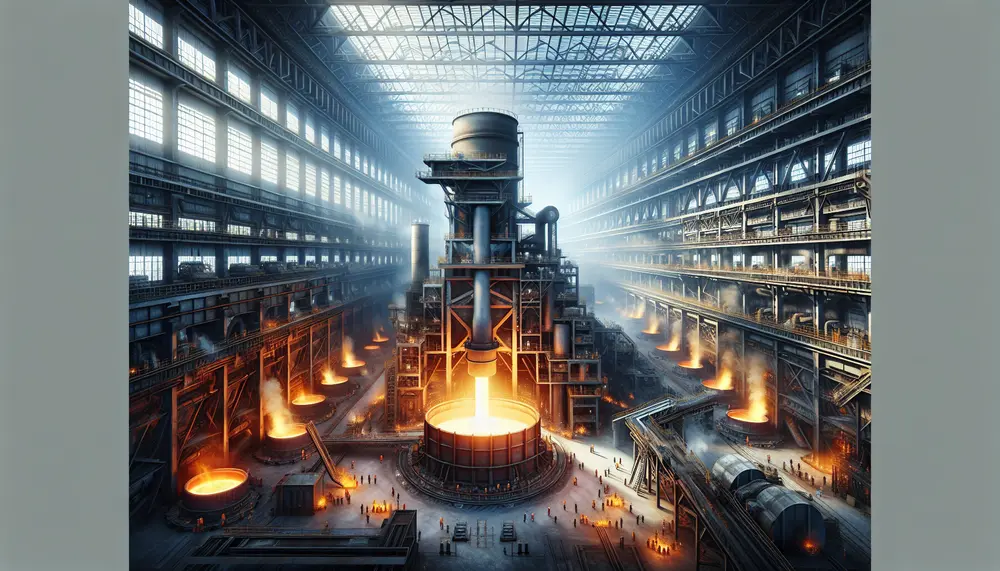
The article traces the history of steelmaking from early iron discoveries around 2,500 BCE to advanced techniques like Chinese cast iron production and Indian Wootz steel. It highlights key innovations such as smelting, forging by the Chalybes, and global influences...
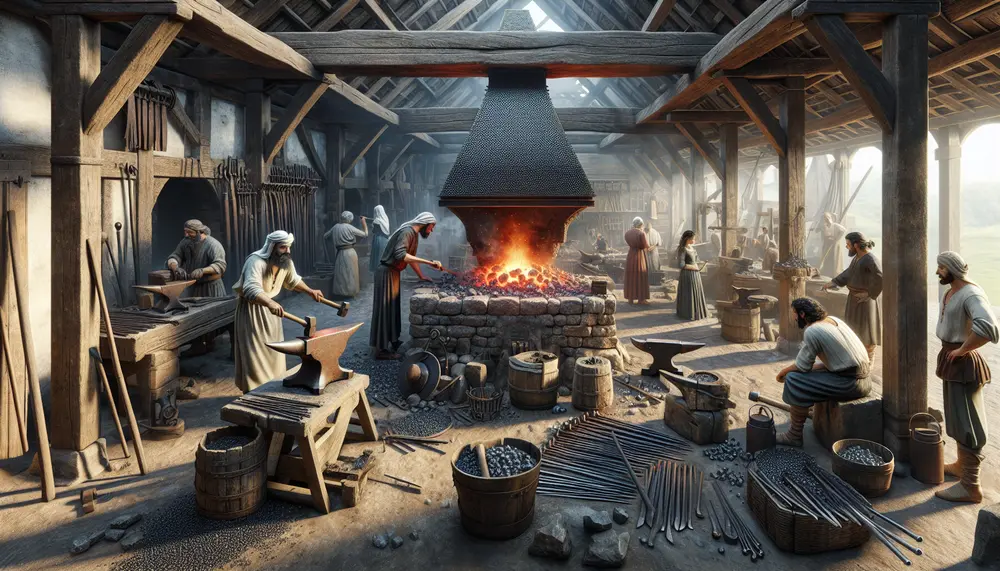
The article "Introduction to Ancient Steel Making" explores the historical context, key techniques, and materials used in ancient steel production across various civilizations. It highlights how early methods influenced modern steel making and underscores the ingenuity of our ancestors in...
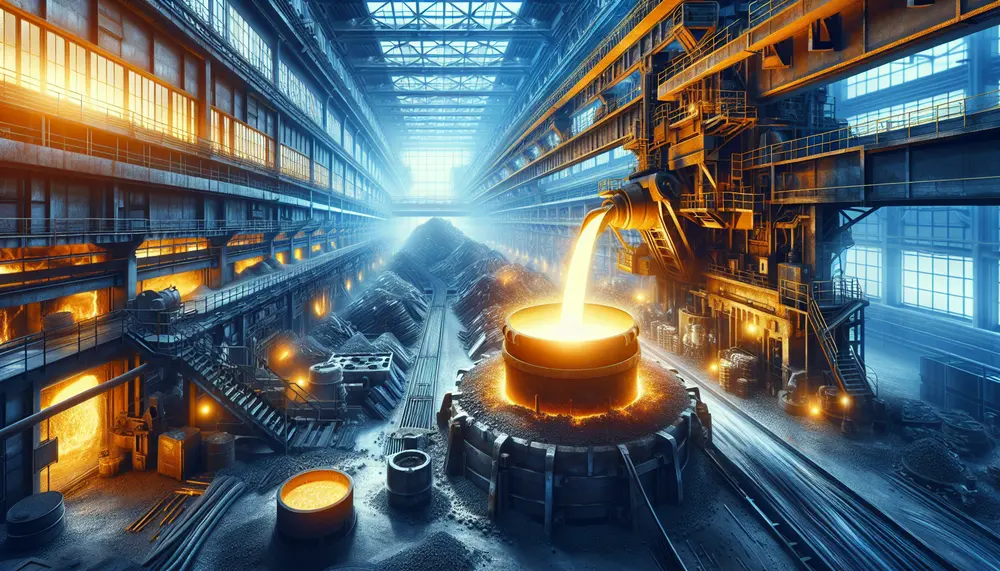
Steelmaking flux is crucial in producing high-quality steel, acting as a cleansing agent to remove impurities and enhance the metal's properties. Different types of fluxes are used for specific tasks during production, impacting impurity removal and refining processes while protecting...
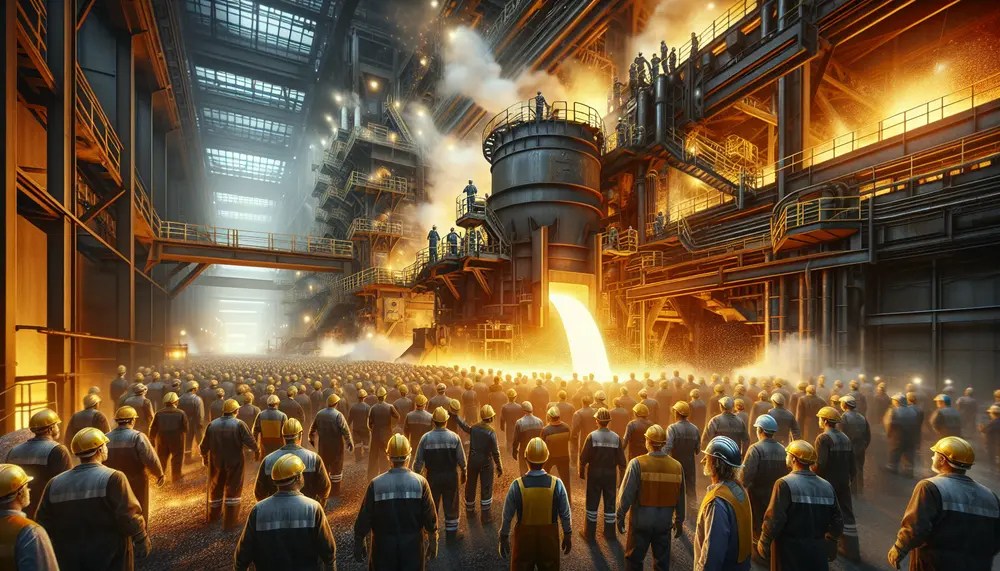
The Basic Oxygen Furnace (BOF) process, developed in the mid-20th century by Robert Durrer, revolutionized steel production by using pure oxygen to convert molten iron into high-quality steel efficiently. This method involves charging a furnace with molten iron and scrap...
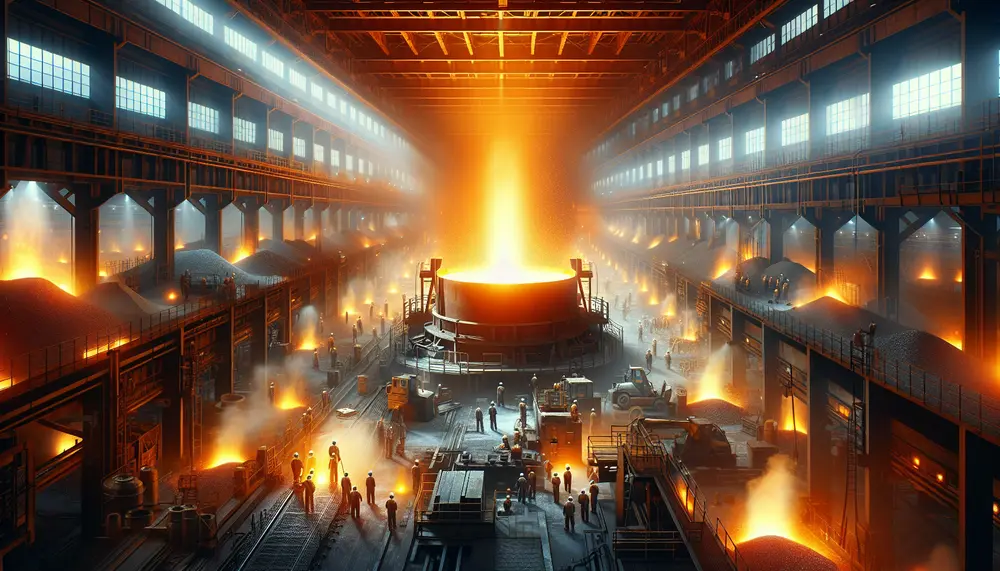
Steelmaking ladles are essential in the steel production process, designed to transport and refine molten metal while withstanding extreme temperatures and chemical corrosion. They come in various types tailored for specific functions such as transferring, treating, casting, and precise pouring...
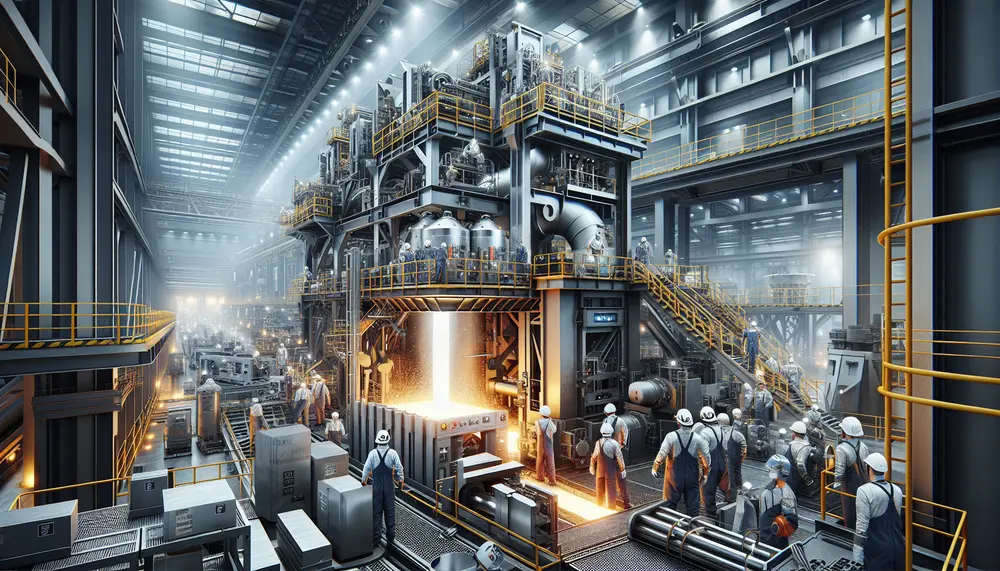
The Argon Oxygen Decarburization (AOD) process is essential in producing high-quality stainless steel by refining molten steel to reduce carbon content while preserving valuable alloying elements like chromium. This method, involving precise control of gas mixtures and temperatures during decarburization,...
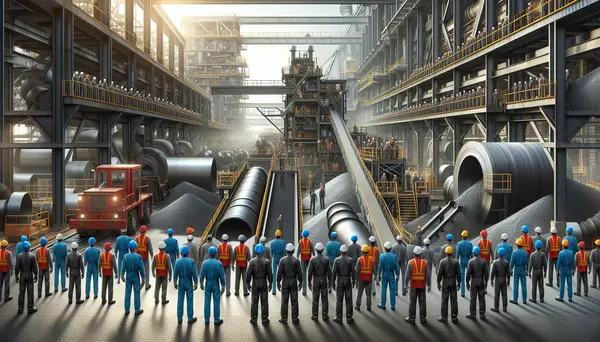
The article provides an in-depth look at the metal production process, from mining and refining ores to primary forming and secondary processes like heating, forming, cooling. It also explores different types of metal production methods including forging, casting, drawing/forming/machining, extrusion/cutting,...
